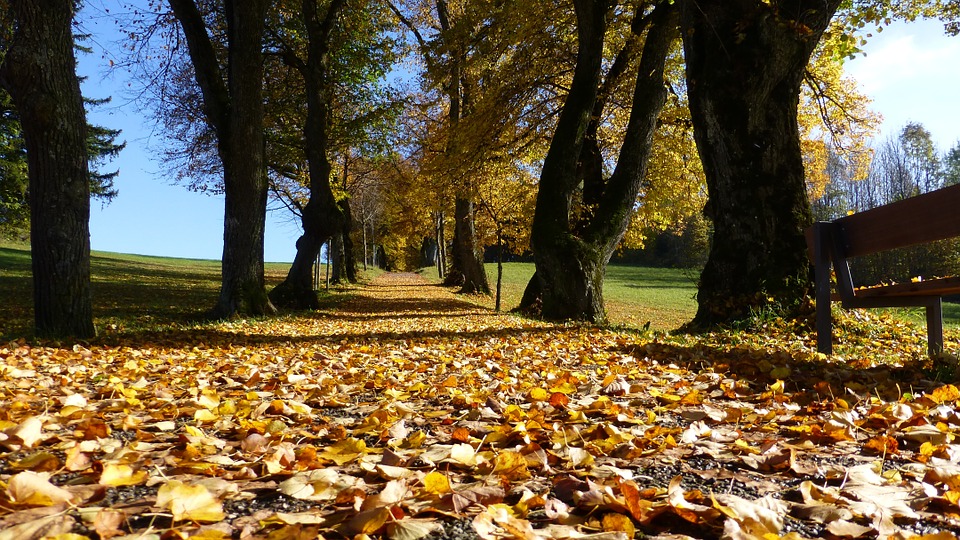Fall is upon us here in Southern Ontario! It’s time for all of us to prepare our trees for the upcoming winter. You may be surprised to know that fall is one of the best seasons for tree care, and taking the right steps during this season can help your trees live a long, healthy life.
Planting Trees in the Fall
Early fall is one of the best times to plant trees. Ensure you plant trees at least six weeks before the first frost. Because this can be hard to predict in Southern Ontario, we recommend planting by mid-September at the latest. This gives the newly planted trees enough time to prepare for the winter weather.
It’s a great season to plant trees for a number of reasons. Plants experience less stress from the sun and high temperatures, and there is a far smaller risk of drought in the fall. Because they don’t have to focus on growing leaves and roots at the same time, they can focus all their energies on building their root systems deeper into the ground before the hot summer months.
Pruning and Trimming Trees in the Fall
Fall in Ontario means one thing – winter and harsh winter storms are on their way. Every year, thousands of trees or tree branches fall down due to these blistering storms, and preparing your trees in the fall is the best way to prevent these problems and the damage that comes with them.
It’s important to remove risk trees and risk tree branches in the fall. A Certified Arborist can inspect trees that you think may be dead or dying (or have dying branches) and recommend for these to be removed or pruned before they fall down in the winter. If you take this step in the fall, you can save yourself a big headache from dealing with storm clean up in the winter and keep you, your home, and your neighbourhood safer.
Watering and Fertilizing Trees in the Fall
Soil tends to lose important nutrients in the hot summer or cold winter. It’s important to fertilize your trees in the fall to provide these nutrients for the long winter months. Mulching can also be done in the fall to help keep the soil moist and fertilized, particularly around younger trees.
When it comes to watering trees in the fall, you want to keep regularly watering until the ground starts to freeze. Once this happens, the water may freeze in the soil, creating tiny ice particles that can interrupt the flow of nutrients into the roots.
Check for Insects and Diseases and Take Action
As leaves drop from trees, it’s a great time to inspect them for insect infestations and diseases. Gypsy Moth egg masses, for example, are easiest to identify in the fall on the trunks of trees and can easily be removed during this season. Other diseases and insects that can be identified in the fall include Anthracnose, Fall Cankerworm, Boxelder Bugs, and Fire Blight, among many others.
If you can identify these diseases and insects in your trees, you can have the tree treated where necessary before winter. You will also be able to take extra care to rake leaves and remove other debris from the tree, to try and mitigate the risk of a fungus or disease returning the next year or spreading to other trees in the winter, when they are vulnerable.
Fall Tree Care with P & A
If you are looking for reports or a consultation for keeping your tree healthy this season, P & A can help. If you have concerns about the health of your tree, fall is the best time to have it assessed, as you can then have it removed if necessary before winter. A dead or dying tree can spell disaster after a winter storm.
Our Certified Arborist can handle all your tree care needs this season. For more information about our services and how we can help your trees this fall, contact P & A.
